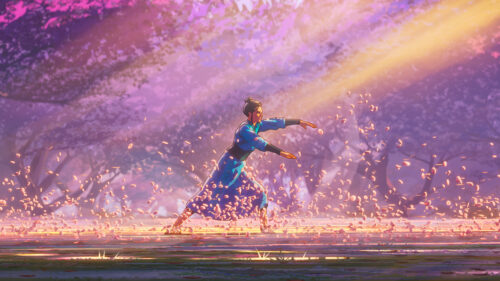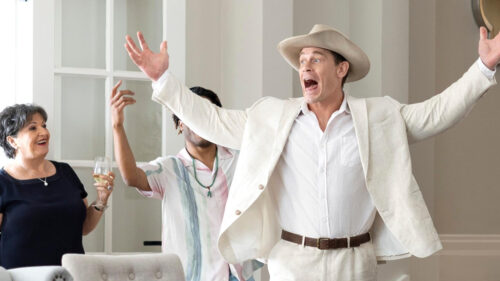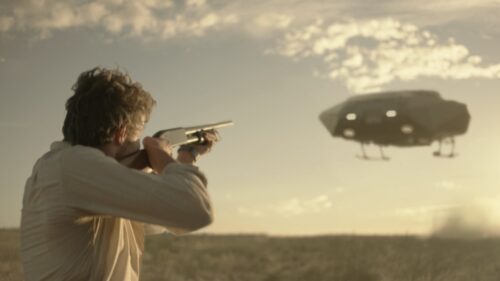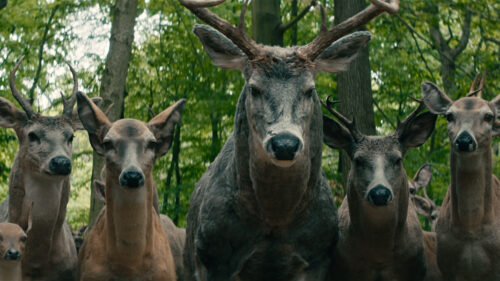/News 15.04.19
ANIMAL LOGIC PROVIDES KEY SEQUENCES FOR CAPTAIN MARVEL
Led by visual cues from Directors Anna Boden & Ryan Fleck, Animal Logic VFX Supervisor Paul Butterworth and Animal Logic VFX Producer Jason Bath, adopted an in-camera, organic approach to the visual style of Animal Logic’s sequences and ensured the performances were not overwhelmed by the VFX.
Continuing a long and collaborative relationship with Marvel, Animal Logic was invited by VFX Supervisor, Chris Townsend, to be part of the VFX Team on Captain Marvel. Working closely with Chris on 315 shots over 12 months, 60 artists from the Sydney studio were entrusted with three key sequences – the chamber where Captain Marvel meets with the Supreme Intelligence; the mission briefing hologram where Yonn-Rogg outlines the plan to extract Soh-Larr from Torfa; and the treatment of the mindfrack memory sequence shots where the Skrulls are scanning through Carol’s memories.
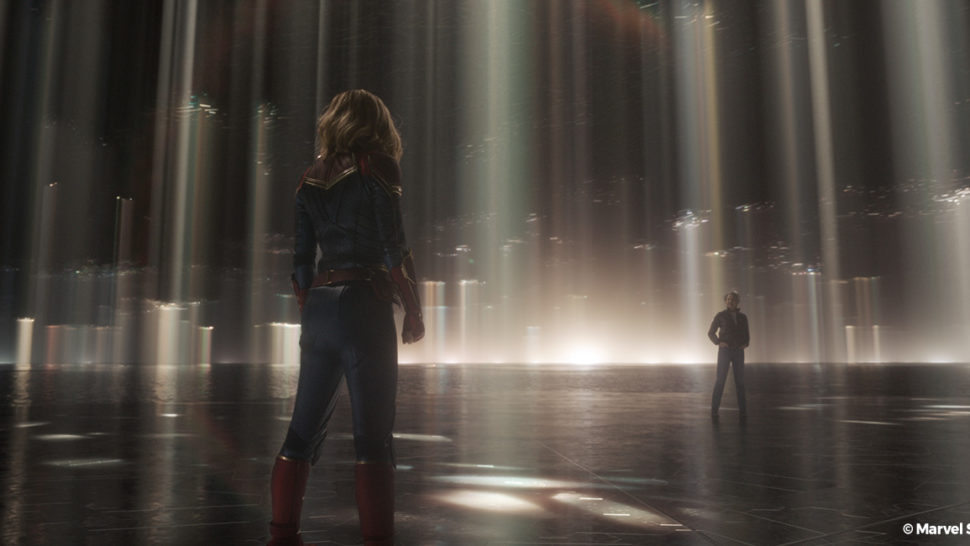
©Marvel Studios 2019 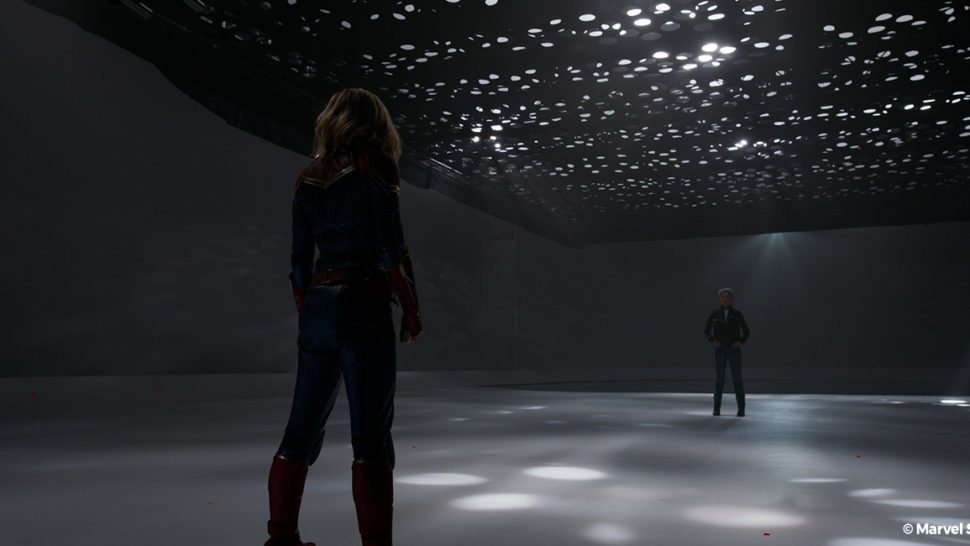
With a single photograph of the Louvre in Abu Dhabi as reference, the Supreme Intelligence chamber was designed to feel quiet, with a subtle colour palette and yet significant in scale. Soft light streamed through its high ceiling to illuminate the space, with Lighting Supervisor Francesco Sansoni, undertaking a multitude of motion tests to determine how many light beams were needed and at what speed they should move.
Managing the interactive light with the actors in the chamber was an interesting challenge. The actors were filmed against a white cyc with a moving gobo above them that was used to create practical light beams.
“The original intention was that this environment would be quite understated and ethereal and that some shots, particularly on short lenses, might be able to be captured fully in-camera,” explains Bath. “However, as look dev on the chamber progressed it became apparent that we would need to fully extract the cast from the live action plates, including replacing the floor. Rather than fight the practical lighting, we worked with the existing light interaction on the cast and props by art directing the CG light beams accordingly.”
The look of the horizon was key in making the space feel vast and infinite and was designed with variations in brightness across the space to ensure visual interest in the camera coverage.
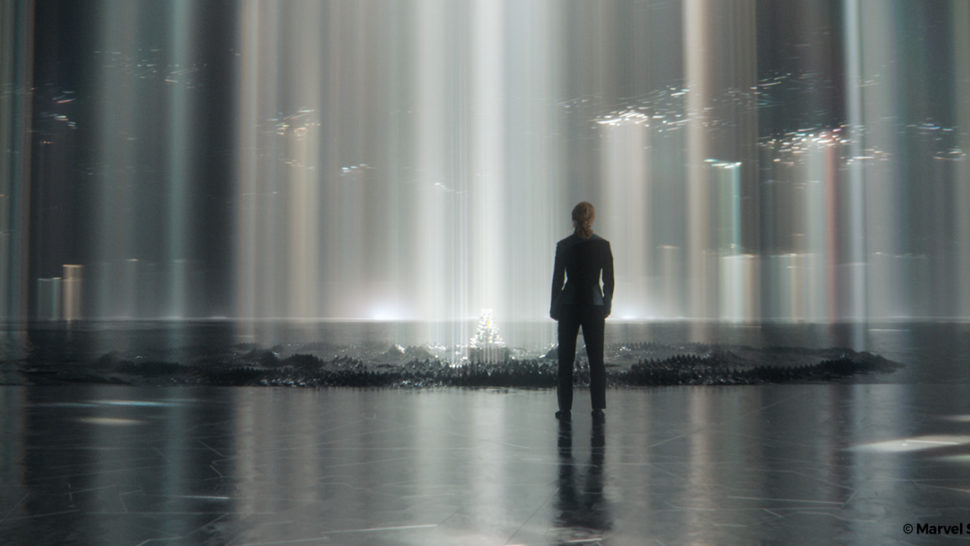
©Marvel Studios 2019 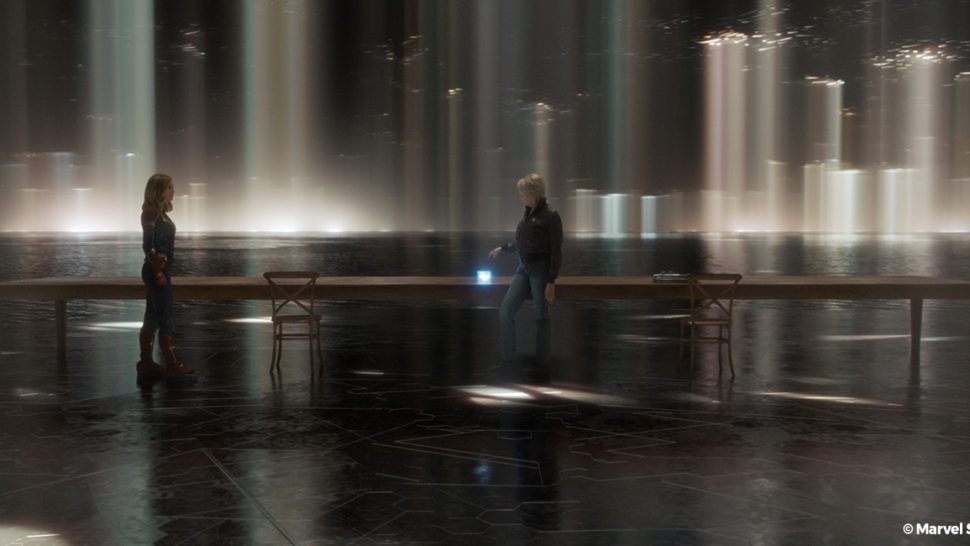
The exposure and colour grade of the chamber was an important factor in creating a mood that matched the scene. The directors’ wanted the first scene to have a bright, crisp look that was calm and unthreatening. The second scene was to feel a bit warmer with it becoming darker and more menacing as Carol confronts the Supreme Intelligence. Compositing Supervisor, Alex Fry, created a lot of colour wedges to help set the grade and exposure of both scenes.
There are over a dozen different FX elements that needed to be developed for the chamber scenes including hair sims, water sims, set destruction, energy blasts, fiery hands, the tesseract, a sticky-liquid wall, and a vortex of memories.
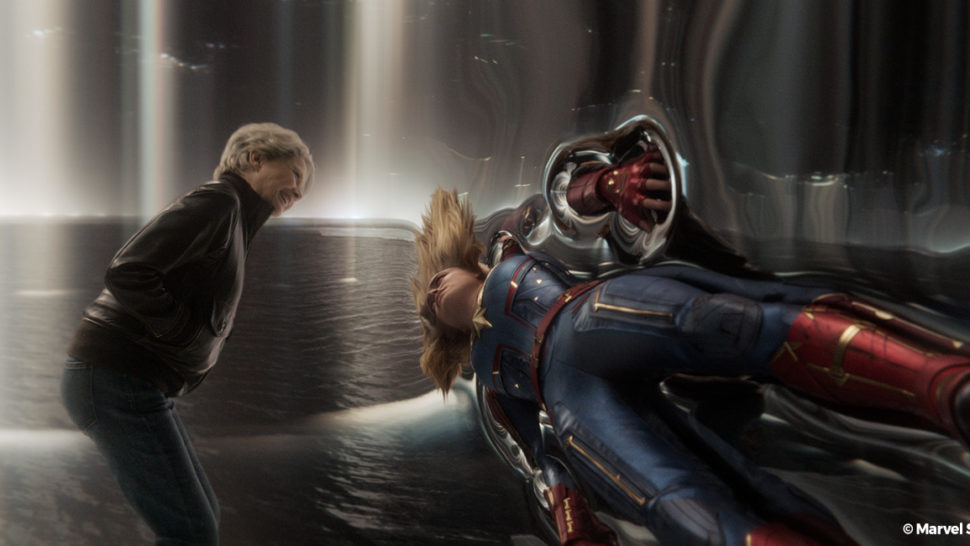
©Marvel Studios 2019 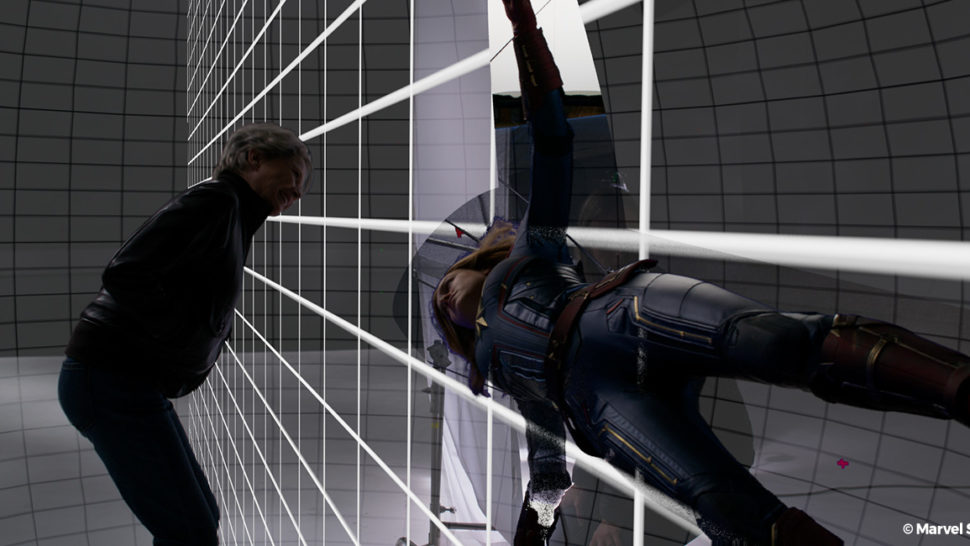
“For many of these FX there are no real-world references to go by, so we were undertaking our own exploratory look dev,” explains Butterworth.
“For Carol being thrown against the ‘sticky-wall’ the challenge was to create a surface that was only revealed on impact and behaved somewhat like a liquid through which she would slowly sink and emerge out the other side. The tests we did on non-Newtonian fluid simulations got the best response from Chris so we refined that look as we investigated whether the wall should look milky, clear or reflective – settling on a mercury-like quality for the liquid surface.”
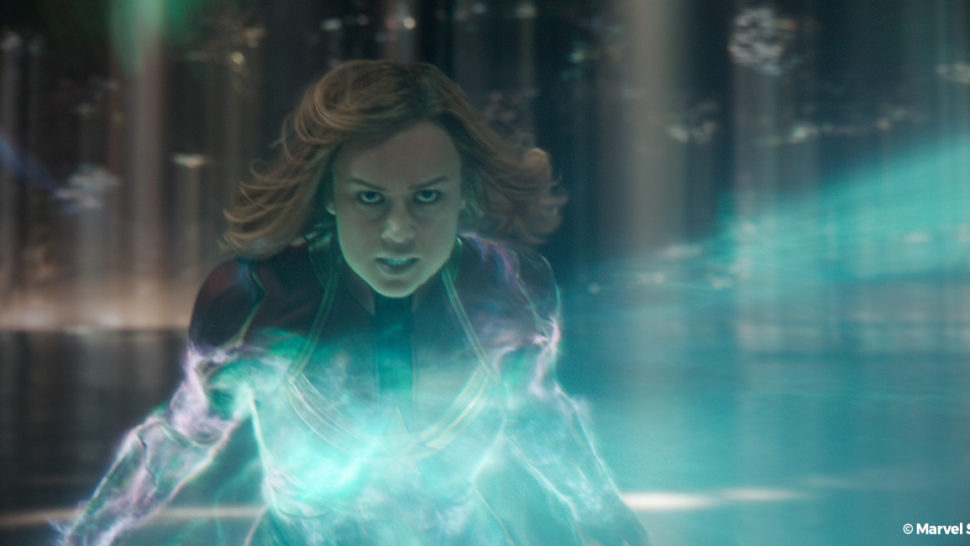
©Marvel Studios 2019 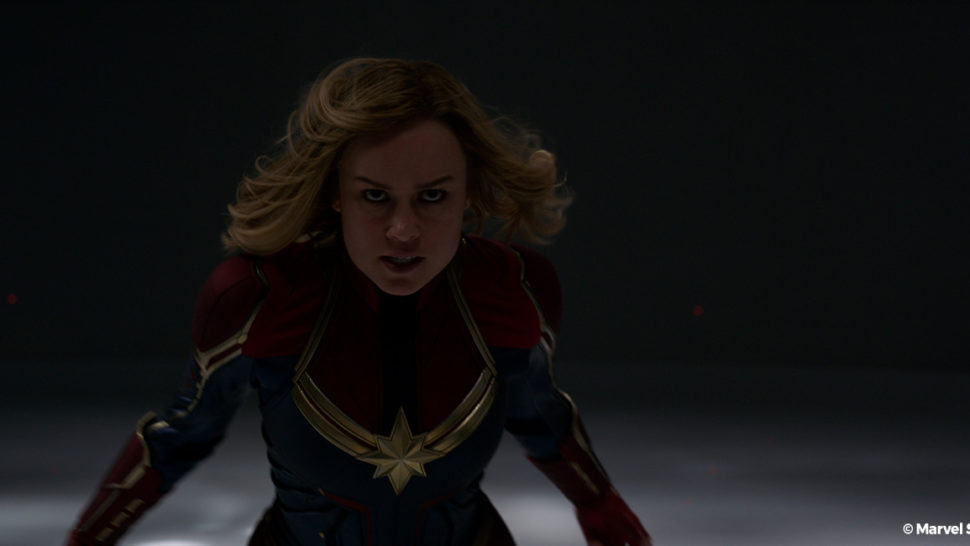
For the Supreme Intelligence blast, FX Lead Matt Ebb worked closely with compositor Matthew Wynne to design and simulate a wide range of elements that were combined in various ways to explore what this blast could look like. Chris was keen on the beam being a combination of refractive energy that could bend and distort the space like a fluid but was more aggressive like a directed air-blast.
When the beam hits Carol, we see her absorb some of the energy and deflect parts of it around her like a corona. To achieve this effect, Brie’s performance was carefully rotomated for each of these shots and simulated fluid energy elements to run across her body from the blast impact point. The digital double was then rendered with this interactive light on, so that the comp team could combine both the Supreme Intelligence blast and interactive energy on her costume with the live action performance.
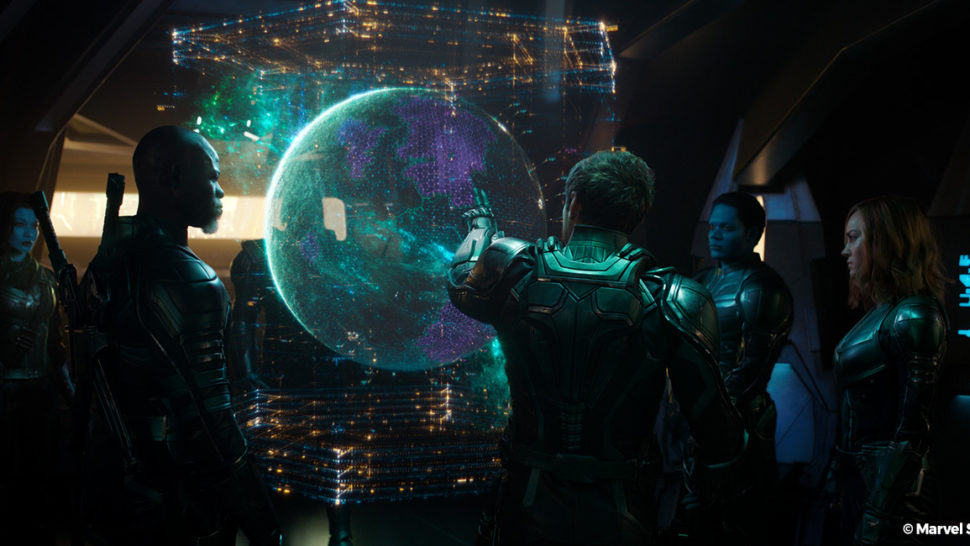
© Marvel Studios 2019
With a wealth of experience creating Marvel holograms under their belt, the team at Animal Logic set out to create the mission briefing hologram which showed the positions of the various combatants on Torfa and identified the key players in the combat. The visual metaphors of the hologram was established by Designer, Toby Grime. “A key component of the design was based on a hexagonal motif that is seen through much of the Kree space ship and architecture aesthetic, explains Grime.
“The design had to be relatable to the audience without getting overly abstract, but also somewhat unusual as Kree are not from Earth and possess numerous advanced technologies. The colour palette took cues from Kree production design and costumes.”
Designer, Toby Grime
The visual metaphors was then set-up as a master asset in Houdini by 3D generalist Aevar Bjarnason. This included a ‘cage’ that was the boundary of the projection that had animatable elements of 2D graphics and 3D widgets as well as major assets such as the Skrull soldiers and various depictions of the planet, all of which had a point-cloud look.
Jude Law’s performance guided the timing of the animated holograms. As usual, the challenge was to ensure that characters eye lines have something to latch onto to seat the hologram within the actors’ gaze which is always fun given the number of actors at the briefing.
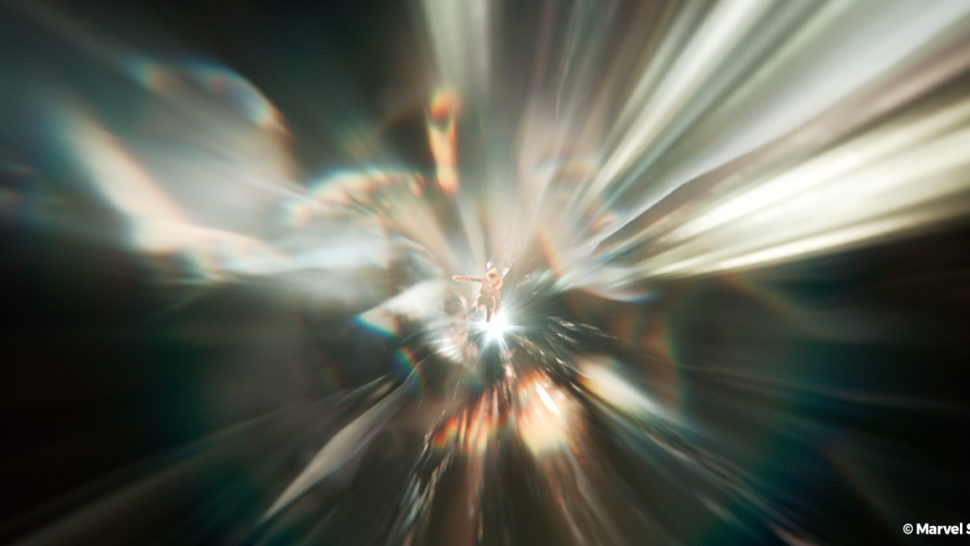
Animal Logic also designed the treatment for the mindfrack memory sequence incorporating lens artefacts and flares, optical effects and film grain.
Find out more on Animal Logic’s website.






